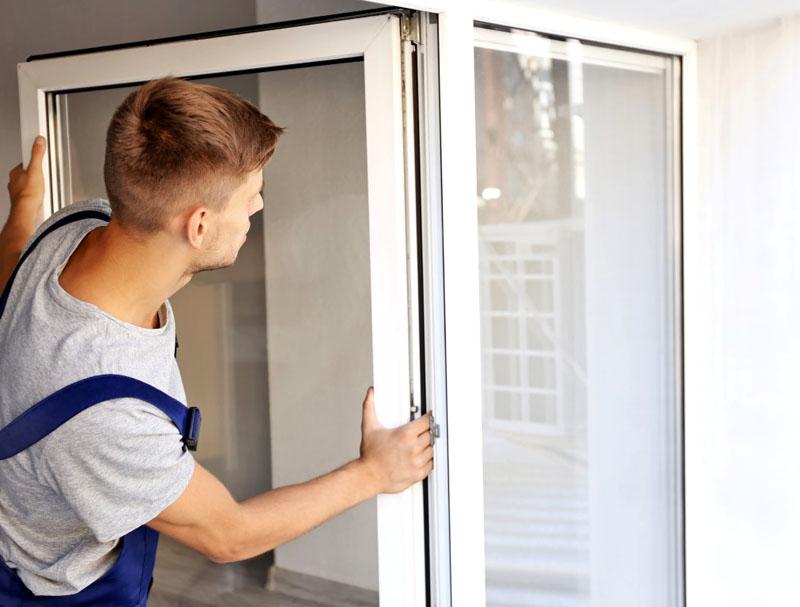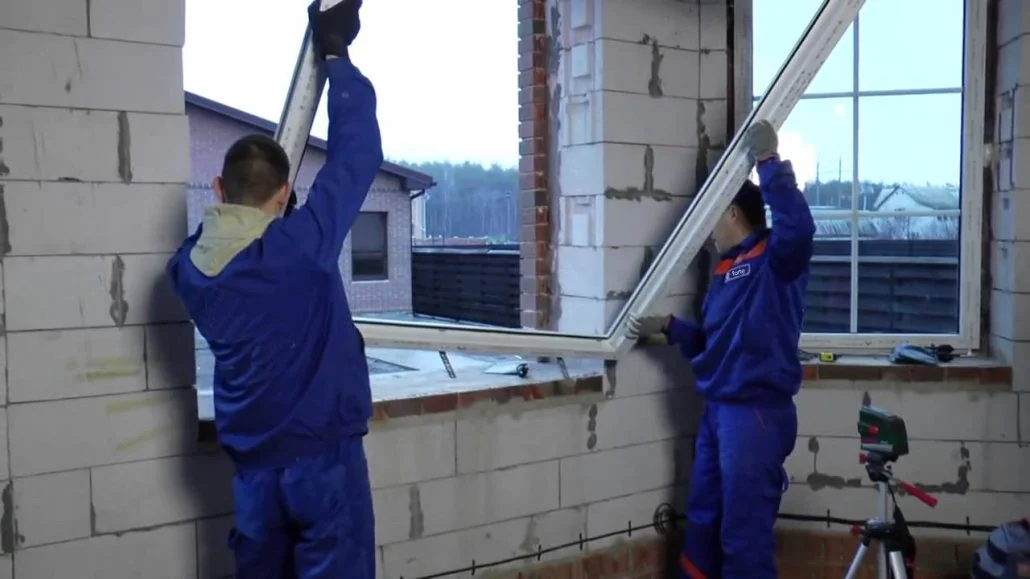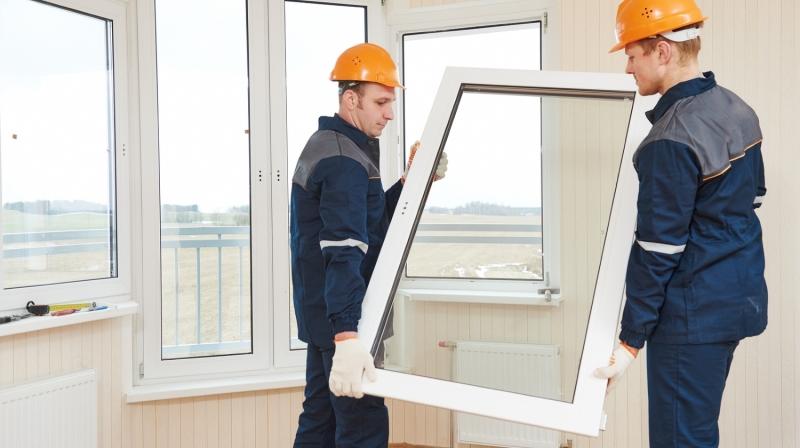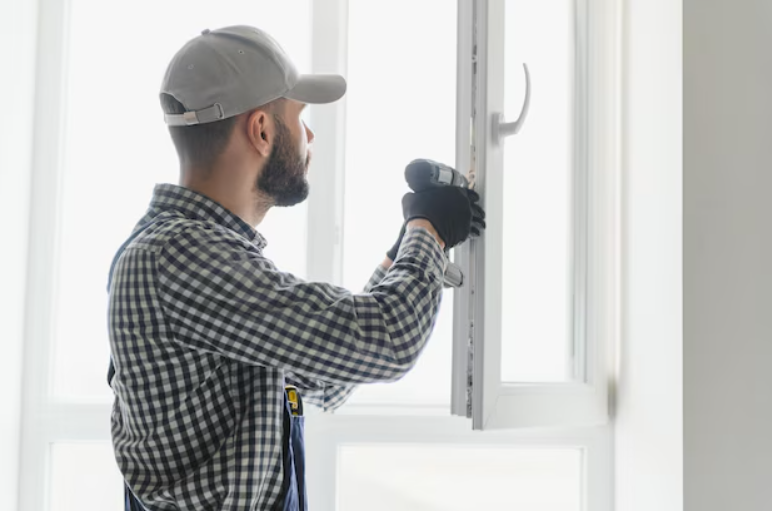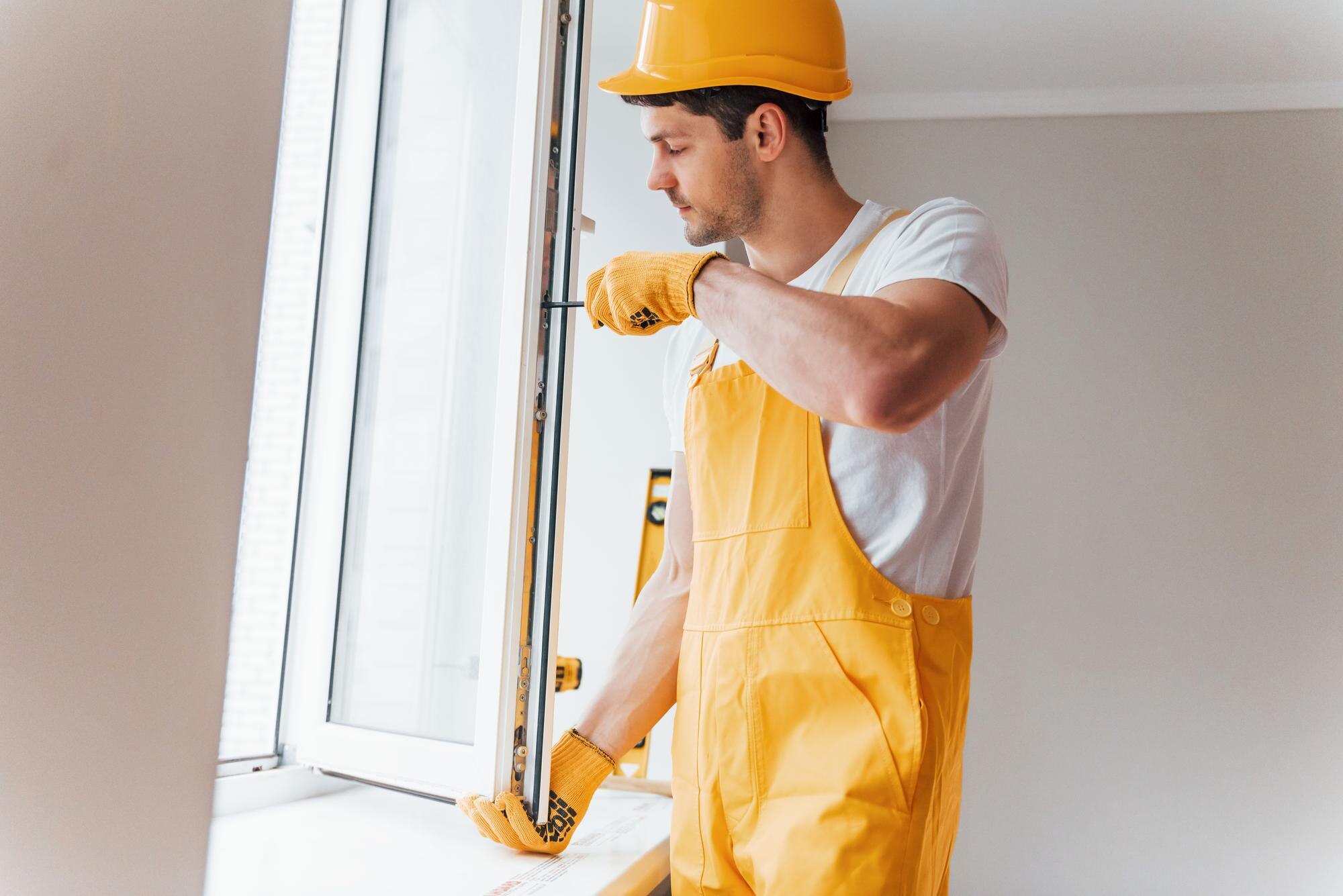Beyond the Pane: How New Windows Boost Home Energy Efficiency
At Fixoriaicon, we understand the critical role windows play in your home's energy performance. Selecting the right window technology is crucial for optimizing comfort and reducing utility consumption. Here are key approaches to consider for enhancing your home's energy efficiency through modern window solutions:
-
Double-Pane Insulated Glass Units (IGUs)
Focuses on two panes of glass separated by a sealed air or gas-filled space. This design significantly reduces heat transfer, enhancing thermal performance and minimizing drafts. It's a foundational upgrade for many homes seeking better climate control and improved insulation.
-
Low-Emissivity (Low-E) Coatings
Involves applying a microscopically thin, transparent metallic coating to the glass surface. This coating reflects radiant heat, keeping interiors warmer in winter and cooler in summer without compromising natural light. It's a subtle yet powerful energy saver that adapts to seasonal changes.
-
Advanced Frame Materials
Utilizes materials like fiberglass, vinyl, or composite, known for their superior insulation properties compared to traditional aluminum or wood. These frames prevent thermal bridging, where heat escapes or enters through the frame itself, complementing high-performance glass units effectively.
When evaluating window options, it is essential to consider specific performance metrics. These criteria provide a clear basis for comparison, ensuring you select windows that meet your home's unique needs for efficiency and comfort:
-
Thermal Resistance (U-Factor)
Indicates how well a window prevents heat from escaping or entering. Lower U-factors signify superior insulation, crucial for maintaining stable indoor temperatures and reducing heating or cooling demands.
-
Solar Heat Gain Coefficient (SHGC)
Measures the amount of solar radiation that passes through a window. A lower SHGC is desirable in warmer climates to reduce cooling loads, while higher values can be beneficial in colder regions for passive solar heating.
-
Air Leakage (AL)
Quantifies the rate of air passing through the window assembly. Minimal air leakage is vital for preventing drafts, maintaining consistent indoor comfort, and optimizing the efficiency of heating and cooling systems, contributing to a tighter building envelope.
-
Visible Transmittance (VT)
Determines how much visible light passes through the window. Higher VT values mean more natural light penetrates the interior, potentially reducing the need for artificial lighting during daylight hours and enhancing ambiance.
Double-pane IGUs fundamentally improve thermal resistance by creating an insulating air gap, significantly lowering the U-factor compared to single-pane options. While they offer some solar heat rejection, their primary strength lies in minimizing conductive heat transfer. Air leakage is primarily addressed by the quality of the window frame and installation, rather than the glass unit itself. They generally maintain good visible transmittance.
Low-E coatings excel in managing solar heat gain. They can be engineered to reflect specific wavelengths, allowing for customized SHGC values depending on climate needs. Crucially, they also enhance thermal resistance by reducing radiant heat transfer, contributing to a lower U-factor. Visible transmittance can be slightly reduced depending on the coating, but modern formulations minimize this impact. Air leakage is unaffected by the coating itself.
Advanced frame materials directly impact thermal resistance by preventing heat loss or gain through the window frame itself. Materials like fiberglass and vinyl have significantly lower thermal conductivity than aluminum, drastically improving the overall U-factor of the entire window unit. They do not directly influence solar heat gain or visible transmittance, which are glass-dependent properties. However, they are paramount in achieving superior air leakage performance when properly sealed and installed.
Combining double-pane IGUs with Low-E coatings creates a powerful synergy. The IGU provides the foundational thermal break, while the Low-E coating precisely tunes the window's solar performance and further reduces radiant heat transfer. This combination yields a significantly lower U-factor and optimized SHGC, making the window highly adaptable to diverse climatic conditions. The visible transmittance is still generally excellent, offering bright interiors.
Regardless of glass technology, the frame material and construction are critical for overall window performance. Even the most advanced glass unit will underperform if paired with a thermally inefficient or leaky frame. Advanced frames ensure that the improvements gained from IGUs and Low-E coatings are not compromised by thermal bridging or excessive air leakage around the perimeter. This holistic approach is key to maximizing energy savings.
For optimal energy efficiency, a holistic approach integrating all three elements is recommended. A double-pane IGU with a tailored Low-E coating, set within a high-performance frame (e.g., vinyl or fiberglass), offers the best balance across all criteria: superior thermal resistance, controlled solar heat gain, minimal air leakage, and good visible transmittance. This integrated solution provides comprehensive climate control and long-term savings for homeowners.
In regions experiencing harsh winters, prioritizing a very low U-factor is paramount. Focus on windows featuring double-pane IGUs with inert gas fills (like argon) and a Low-E coating designed to retain heat indoors. Advanced frame materials are also crucial to prevent thermal bridging. This combination ensures maximum heat retention and significantly reduces heating expenses during colder months.
For homes in warmer climates, the emphasis shifts to managing solar heat gain. Select windows with a low SHGC, achieved through specific Low-E coatings that reflect solar radiation while still allowing ample natural light. While a good U-factor is still beneficial, preventing heat from entering is the primary goal. Fixoriaicon can guide you to the right solution for optimal cooling efficiency.
For areas with moderate temperature swings or for a general upgrade seeking balanced performance, an integrated solution is ideal. A standard double-pane IGU with a neutral Low-E coating and a durable, energy-efficient frame (e.g., vinyl or composite) offers excellent all-around performance. This approach provides a good balance of thermal resistance, solar control, and air tightness, suitable for most residential applications.
Regardless of the chosen technology, the quality of installation is as critical as the window itself. Even the most advanced window will underperform if not properly sealed and fitted. Ensure that your installation is performed by certified professionals to guarantee optimal air leakage performance and long-term durability. Fixoriaicon is committed to providing solutions that enhance your home's comfort and value.
